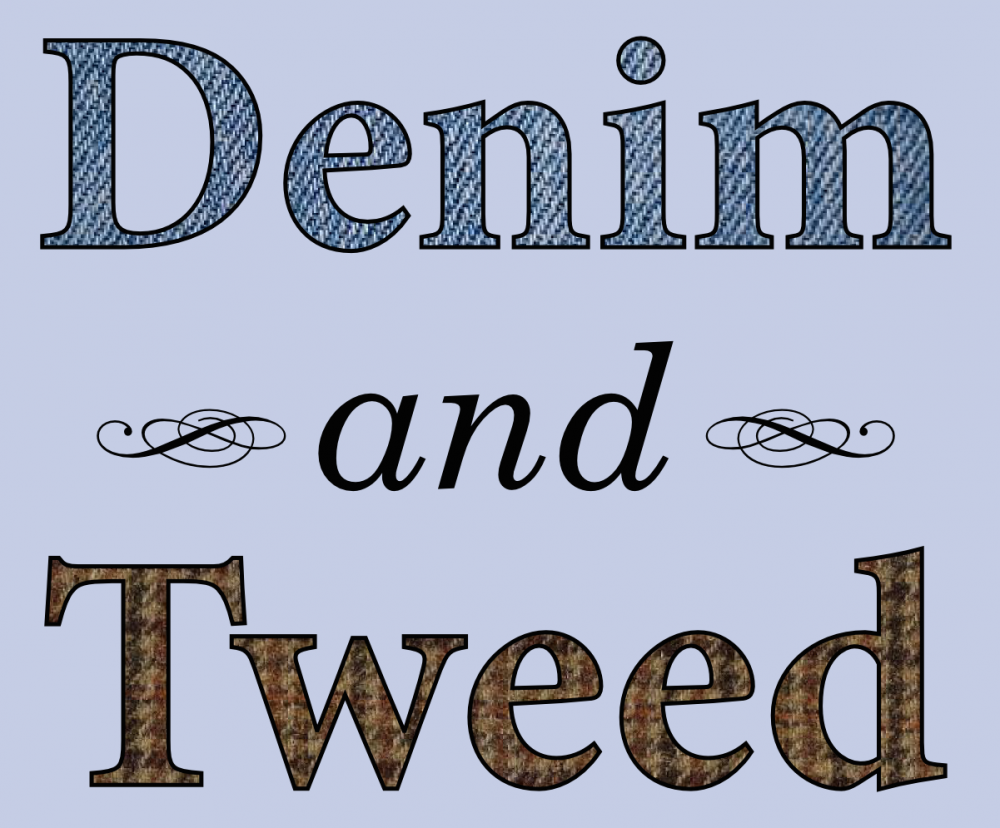Update, 29 June 2012: After accumulating tens of thousands of dollars in subscription money that was never claimed by publishers, Readability is ending its publisher payment program. That’s a pity, because, as you can see below, I thought it was a pretty great idea.
For quite some time, I’ve been looking for a good solution to the problem of paying for online writing. I read articles from dozens of websites, by dozens upon dozens of top-notch writers from Ed Yong to Scicurious, from Dahlia Lithwick to Ta-Nehisi Coates. And I’d like all of these folks to make money from the writing and reporting they do, because it’s valuable to me, and to society more generally.
But the seamless flow of my reading list from the Awl to the New York Times to Steve Silberman’s blog to Slacktivist and the Stranger doesn’t accommodate stopping to pay for each article, or even a subscription for every website. Some sites take individual subscriptions—but then I pay for articles I’ll never read. Some take tips via PayPal or another micropayment service—but then I have to remember to tip everyone once a month. What I really want is a subscription for the entire Internet, which gets split among the writers whose work I’ve enjoyed over the last month.
Well, now there is such a service: Readability.
Readability is primarily billed as an online app for managing “long read” articles, and viewing them in a nice, clean, ad-free format. Plug a webpage address into Readability, and the article on that page (even multiple linked pages) is rendered in lovely uniform typography on a clean white background, with surreptitious links to manage a reading list of articles from all over the Web, and to share and comment via Twitter or Facebook. There are Readability mobile and tablet apps, which let you download your reading list and read them offline in the same clean format—I use the iPhone app on a daily basis, to read articles that look good, but are too long for a coffee break at my desk.
Here’s a video describing it.
But the best thing about Readability, in my opinion, is that it lets you pay for all the articles you put into it. Although you can use the online service for free, you can agree to make a recurring monthly payment to support it. And Readability splits 70% of that payment amongst the sites represented on your reading list. To claim the payments, a site owner just needs to verify her control of the website with Readability, which is a pretty simple process.
The process is so simple, in fact, that I’ve registered Denim and Tweed with Readability. I don’t write a lot of long pieces for D&T these days, but when I do, you can now use the Readability toolbar that will appear at the top of each post’s individual page (click the headline link on a post to see it as it appears in the image above), and which will let you view the post in Readability’s clean format, save it to your reading list, print it, e-mail it, or even export it to a Kindle e-reader. (For a sample, check out this post from the archive in Readability layout.)
You can do all that for free. But if you like the Readability service, and you want to chip in to recognize the work that writers put into the articles you read online—there is, as they say, an app for that.◼
 Fire ant: “Sharp, sudden, mildly alarming. Like walking across a shag carpet and reaching for the light switch.” Photo by AJC1.
Fire ant: “Sharp, sudden, mildly alarming. Like walking across a shag carpet and reaching for the light switch.” Photo by AJC1.








